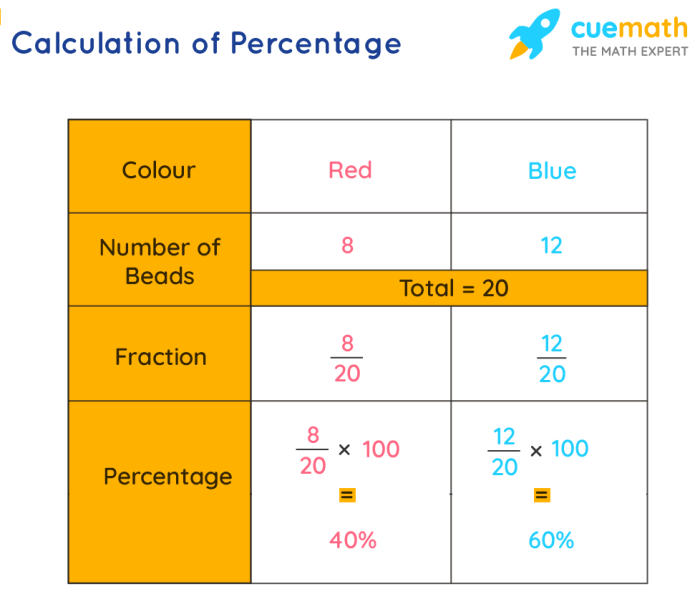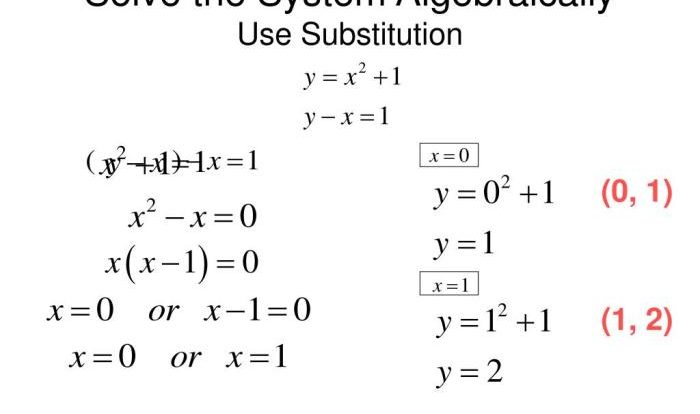What percent of 40 is 4 – In the realm of mathematics, understanding percentages is a crucial skill that opens doors to solving various problems and making informed decisions. Embark on a journey with us as we delve into the fascinating world of percentages, exploring the relationship between 4 and 40 and uncovering the secrets behind this intriguing concept.
Join us as we unravel the mysteries of percentages, starting with a thorough examination of the relationship between percentages and fractions. We’ll guide you through the process of setting up equations, solving them, and interpreting the results, empowering you with the knowledge to tackle any percentage-related challenge.
Introduction

Percentages are a way of expressing a fraction as a part of 100. They are often used to compare different values or to show how much of a whole something is.
The relationship between percentages and fractions is that a percentage is a fraction multiplied by 100. For example, the fraction 1/2 is equal to the percentage 50%.
Converting Percentages to Fractions
To convert a percentage to a fraction, you divide the percentage by 100. For example, to convert 50% to a fraction, you would divide 50 by 100, which gives you 1/2.
Converting Fractions to Percentages
To convert a fraction to a percentage, you multiply the fraction by 100. For example, to convert 1/2 to a percentage, you would multiply 1/2 by 100, which gives you 50%.
Calculating the Percentage
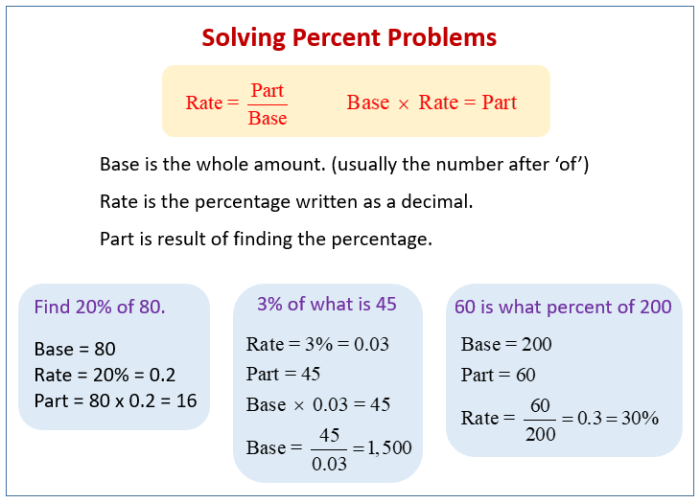
To calculate the percentage, we use the following formula:
Percentage (%) = (Part / Whole) x 100
In this case, we are trying to find out what percentage of 40 is 4. So, we can set up the equation as follows:
Set up the Equation
= (x / 40) x 100
where x is the percentage we are trying to find.
Solve the Equation
To solve the equation, we can cross-multiply and simplify:
- x 100 = x x 40
- = 40x
x = 400 / 40x = 10
Therefore, 4 is 10% of 40.
Understanding the Result
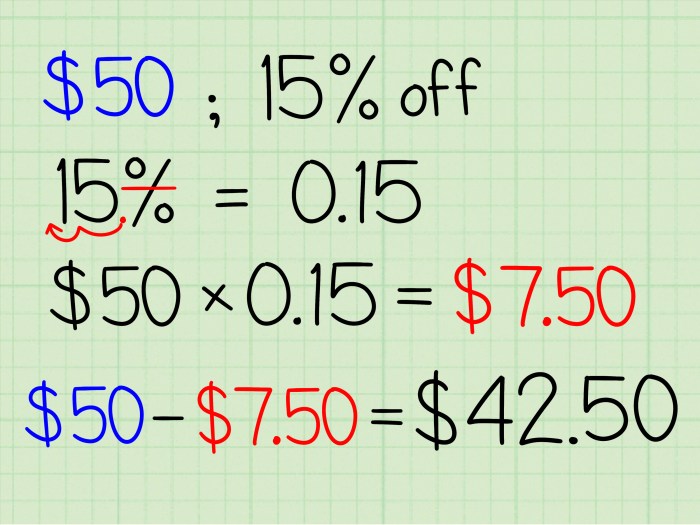
The calculated percentage of 40 is 4, which means that 4 represents 10% of 40.
In the context of our given values, this means that 4 is one-tenth of 40, or 10% of the total amount.
Interpreting the Result
To interpret the result, we need to understand what the percentage represents in the given context.
If you’re wondering what percent of 40 is 4, the answer is 10%. Speaking of percents, have you ever wondered about the molar mass of gallium(III) sulfate? You can find out more about it here: molar mass of ga2 so3 3 . Now, back to our original question: 10% of 40 is indeed 4.
For example, if 40 represents the total number of students in a class, then 4 would represent the number of students who received a particular grade.
Alternatively, if 40 represents the total amount of money earned, then 4 would represent the amount of money spent on a specific item.
The interpretation of the result will vary depending on the context in which the percentage is being used.
Applications and Examples: What Percent Of 40 Is 4
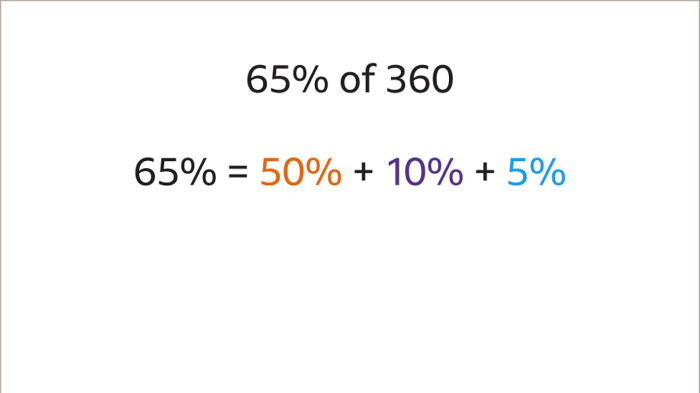
Understanding percentages is not just a classroom concept; it has numerous real-world applications. From calculating discounts to understanding interest rates, percentages play a crucial role in our daily lives.
Calculating percentages is essential in various scenarios, such as determining the amount of tax on a purchase, calculating the tip at a restaurant, or comparing the interest rates on different savings accounts.
Examples in Daily Life, What percent of 40 is 4
- Calculating discounts: When you see a 20% off sale, you need to calculate the percentage to determine the discounted price.
- Understanding interest rates: If you have a loan or savings account, knowing the interest rate as a percentage helps you calculate the amount of interest earned or paid.
- Comparing prices: When comparing prices of similar products, converting them to a percentage difference helps you quickly identify the better deal.
- Mixing ingredients: Recipes often require precise measurements of ingredients. Understanding percentages allows you to adjust the quantities if you need to double or halve the recipe.
Applications in Business and Finance
- Profit and loss calculations: Businesses use percentages to calculate profit margins, which is the percentage of revenue left after deducting expenses.
- Tax calculations: Governments use percentages to determine tax rates and calculate the amount of tax owed by individuals and businesses.
- Investment returns: Investors use percentages to calculate the return on their investments, such as the percentage gain or loss on a stock or bond.
- Loan comparisons: When comparing loan options, borrowers use percentages to evaluate the interest rates and annual percentage rates (APRs) to determine the best loan terms.
Variations and Extensions
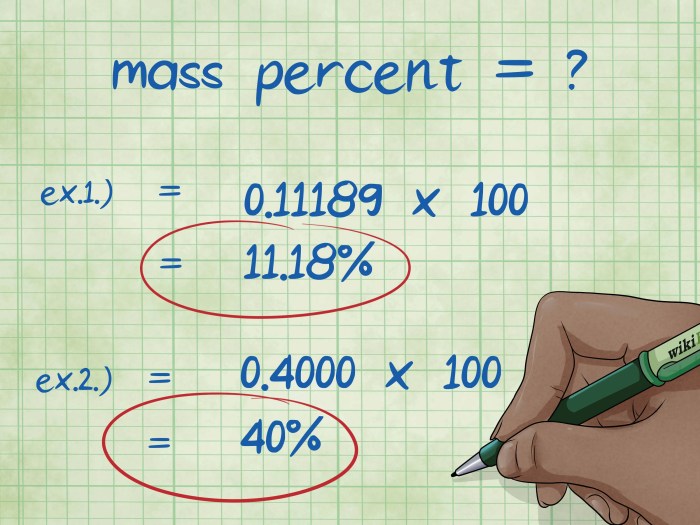
The concept of percentages extends beyond the simple scenario of finding the percentage of a given number. Let’s explore some variations and extensions of this concept:
Finding the Percentage of a Different Number
Instead of finding the percentage of 40, we can find the percentage of any number. For example, we can find the percentage of 50 that is equal to 4. The formula remains the same:
Percentage = (Part / Whole) x 100
In this case, Part = 4 and Whole = 50.
Calculating the Percentage of a Percentage
We can also calculate the percentage of a percentage. For example, suppose we have a discount of 20% and we want to find 50% of that discount. The formula for this is:
Percentage of a Percentage = (Percentage / 100) x (Part / 100) x 100
In this case, Percentage = 20, Part = 50, and Whole = 100.
FAQ
What is the formula for calculating percentages?
Percentage = (Part / Whole) x 100
How do I find the percentage of a number?
Use the formula: Percentage = (Part / Whole) x 100
What is the percentage of 20 out of 50?
Percentage = (20 / 50) x 100 = 40%
